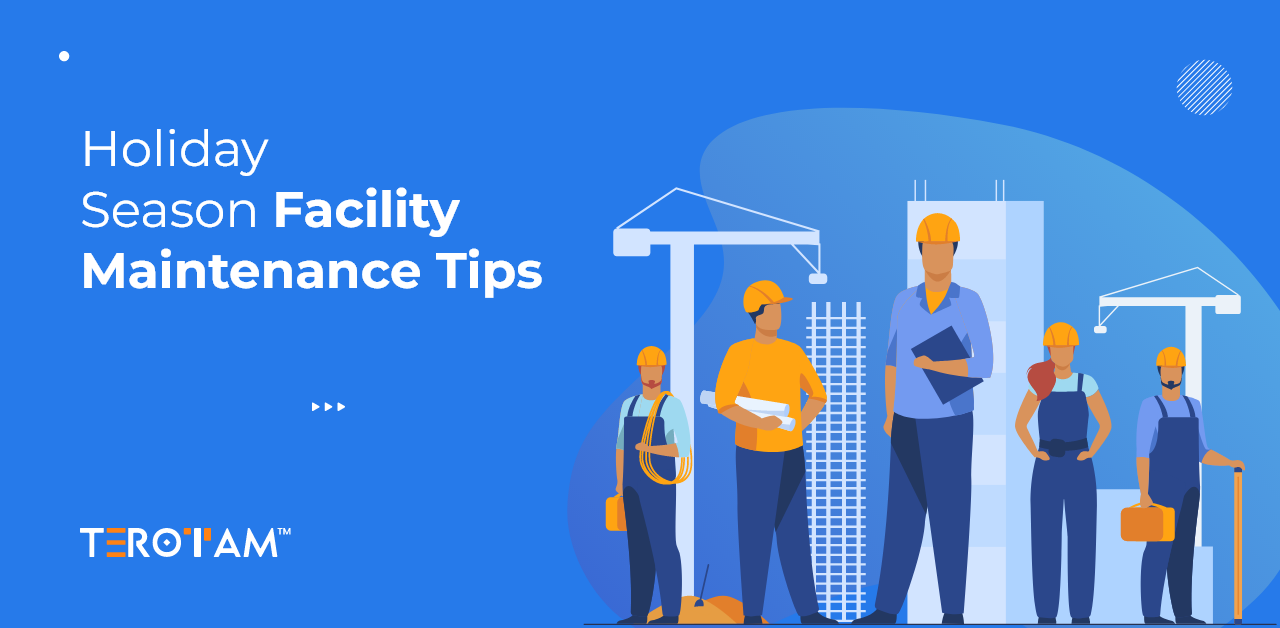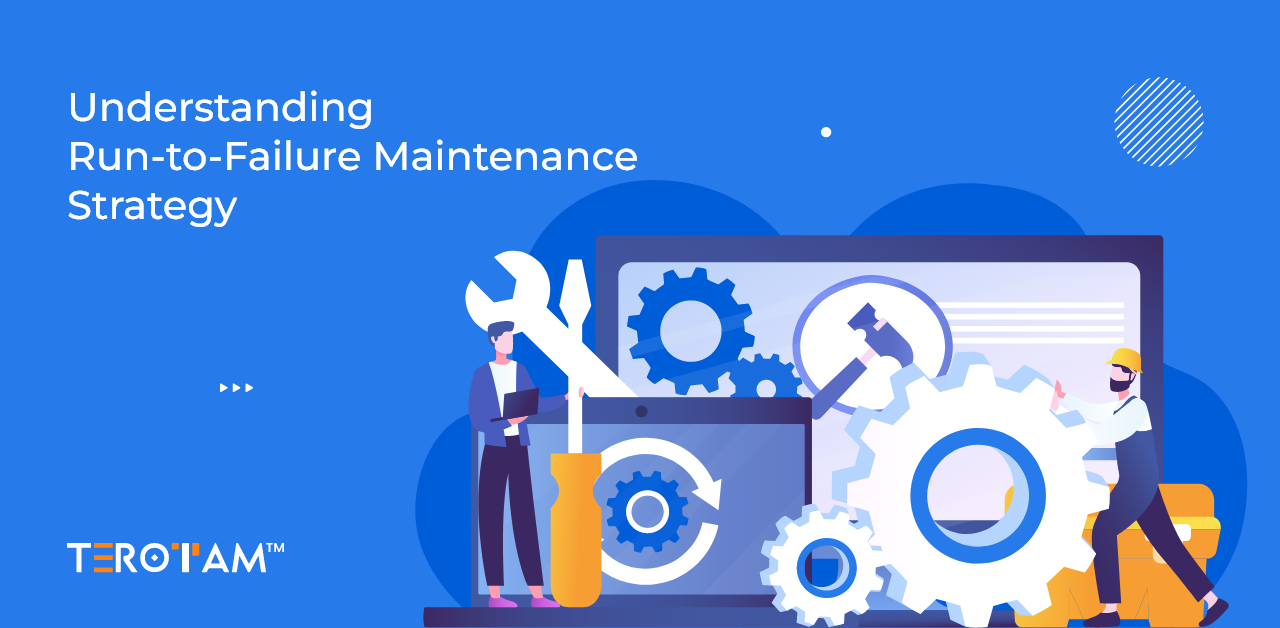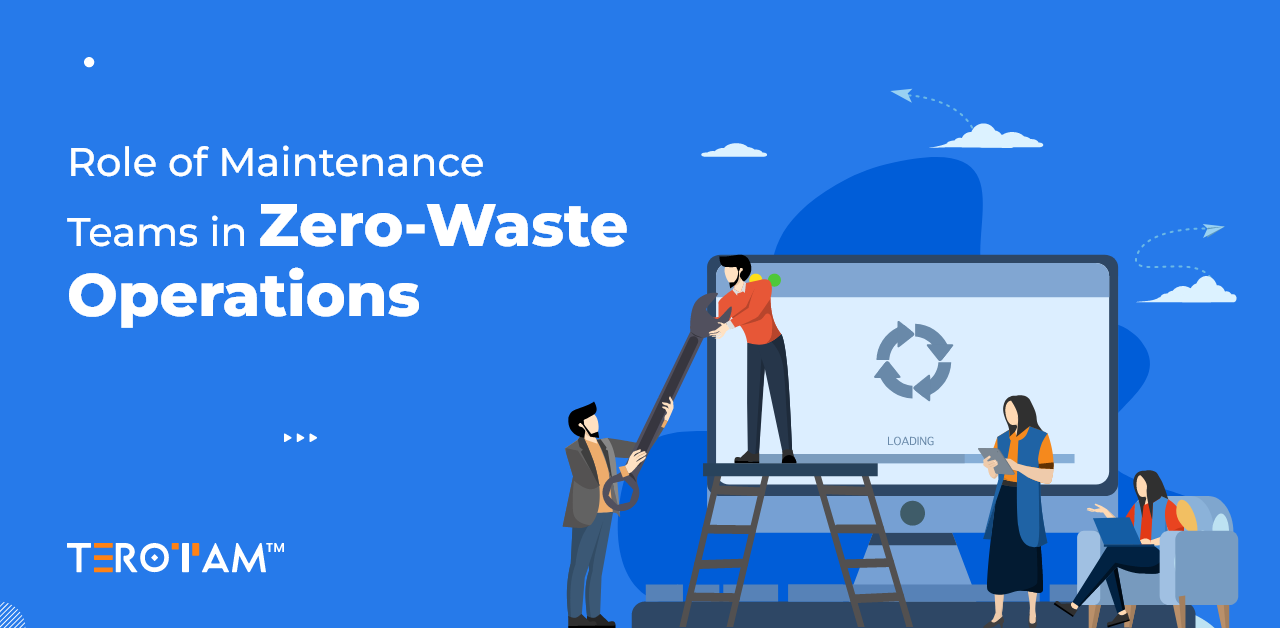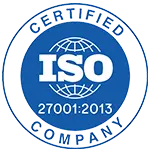The holiday season brings cheer, time off, and—let’s be honest—extra stress for anyone responsible for keeping a facility running. Whether your plant shuts down completely between Christmas and New Year’s or runs with a skeleton crew, the weeks before and after the holidays are high-risk periods for equipment failures, safety lapses, and operational hiccups.
Unlike regular weekends or short breaks, the holiday shutdown often lasts several days or even weeks. During that time, systems sit idle, temperatures drop, and response times slow. A small issue that would be caught on a Tuesday morning can turn into a major problem by the time staff return on January 2nd. That’s why preparation isn’t optional—it’s essential.
This article outlines practical, field-tested steps to ready your facility for the holiday break. We’ll cover equipment preservation, safety checks, staffing considerations, and post-holiday startup protocols—so you can enjoy the season without dreading the first day back.
Review Your Holiday Operating Plan Early
Start by confirming how your facility will operate during the break. Will production stop entirely? Will a minimal crew monitor utilities? Will contractors be on-site for upgrades?
Once you know the plan, align your maintenance strategy accordingly. A full shutdown requires different preparation than a reduced-operations scenario. For example:
- If everything powers down, you’ll need to properly secure and preserve equipment.
- If critical systems (like HVAC, refrigeration, or fire suppression) stay on, they need extra reliability checks.
Map out which assets must remain functional and which can be safely isolated. Share this list with operations, safety, and facilities teams so everyone is on the same page—weeks before the holidays hit.
Perform Critical Preventive Maintenance Before Shutdown
Use the final production days as your last chance to complete essential maintenance. Don’t wait until the last shift—schedule key tasks early in the week leading up to the break.
Focus on high-impact items:
- Replace filters in air compressors and HVAC systems to prevent moisture buildup during idle time.
- Drain and flush water lines in equipment that won’t be used (like washdown stations or coolant systems) to avoid freezing or bacterial growth.
- Lubricate bearings, chains, and slides on machines that will sit unused—dry components can seize or corrode.
- Inspect backup generators and test automatic transfer switches. Power outages are more common in winter, and a failed generator during a holiday storm can be catastrophic.
If you run condition-based monitoring (vibration, thermography, oil analysis), do a final sweep. Catching a developing fault now means you can fix it before it becomes an emergency in January.
Secure and Preserve Idle Equipment
Machines that sit idle for days or weeks need special care. Moisture, dust, and temperature swings can cause more damage in one week than months of normal operation.
For each idle asset:
- Clean thoroughly to remove chips, coolant residue, or product buildup that could harden or attract pests.
- Apply rust inhibitors or protective coatings to exposed metal surfaces.
- Cover sensitive components (sensors, control panels, optics) with breathable covers—not plastic sheeting, which traps condensation.
- If possible, power up control systems briefly every few days (even if the machine doesn’t run) to keep capacitors charged and software licenses active.
For facilities in cold climates, pay special attention to water-based systems. Even “heated” spaces can develop cold spots. Insulate pipes, maintain minimum ambient temperatures, and consider heat tracing on vulnerable lines.
Double-Check Safety and Security Systems
With fewer people on-site, safety systems become your eyes and ears. Test them thoroughly before the break.
Key checks include:
- Fire alarms, smoke detectors, and sprinkler systems: Ensure they’re active and monitored remotely if possible.
- Gas detectors (for ammonia, CO, refrigerants): Verify calibration and battery status.
- Security cameras and access controls: Confirm recording is functional and storage won’t fill up during the break.
- Emergency lighting and exit signs: Replace any flickering bulbs or weak batteries.
Also, post clear contact information for on-call personnel near main entrances and control rooms. Include names, roles, and direct phone numbers—not just a generic “call maintenance.”
Plan for Staffing and Communication
Even during a shutdown, someone needs to be reachable. Define who is on call for mechanical, electrical, and automation issues. Make sure they:
- Have remote access to critical systems (if applicable).
- Know where spare parts and master keys are stored.
- Understand escalation paths (e.g., when to call a contractor vs. waiting until return).
Share this on-call schedule with security, management, and any skeleton crew working during the break. Avoid relying on just one person—if they’re unreachable, you’re blind.
Also, remind all staff before they leave:
- Shut down personal equipment (coffee makers, space heaters).
- Close windows and exterior doors.
- Report any odd smells, leaks, or warning lights before clocking out.
Prepare a Smooth Startup Checklist
The first day back is not the time to figure out why a hydraulic press won’t start. Create a step-by-step restart procedure for every major system.
A good startup checklist includes:
- Visual inspection for leaks, pests, or damage.
- Power-up sequence (e.g., control voltage first, then main drive).
- Lubrication reactivation (some auto-lube systems need manual priming after idle time).
- Calibration verification (scales, sensors, temperature probes).
- Test run at low speed before full production.
Assign owners for each step and build in time—rushing startup leads to mistakes. Better to lose 30 minutes verifying a conveyor than 3 hours troubleshooting a burnt motor at noon.
Don’t Forget the Human Side
Finally, remember that your team is human. The holidays are busy, emotional, and distracting. Fatigue and rushing increase the risk of errors in the days leading up to break.
Encourage deliberate, safe work—even if it means slowing down. Recognize the crew who stays late to finish a repair. A simple “thanks for getting us ready for break” goes a long way.
Because in the end, a well-prepared facility isn’t just about oil changes and sensor checks. It’s about people taking ownership so everyone can step away with peace of mind—and return to a plant that’s ready to run.
Summing it up
The holidays should be a time to reset—not a race to fix what broke while you were away. A little foresight in maintenance now means smoother starts, fewer emergencies, and real peace of mind when you step away.
If you’d like a practical, no-fluff review of your holiday readiness plan—or help building one from scratch—just reach out. We’re happy to help. Email us at contact@terotam.com










